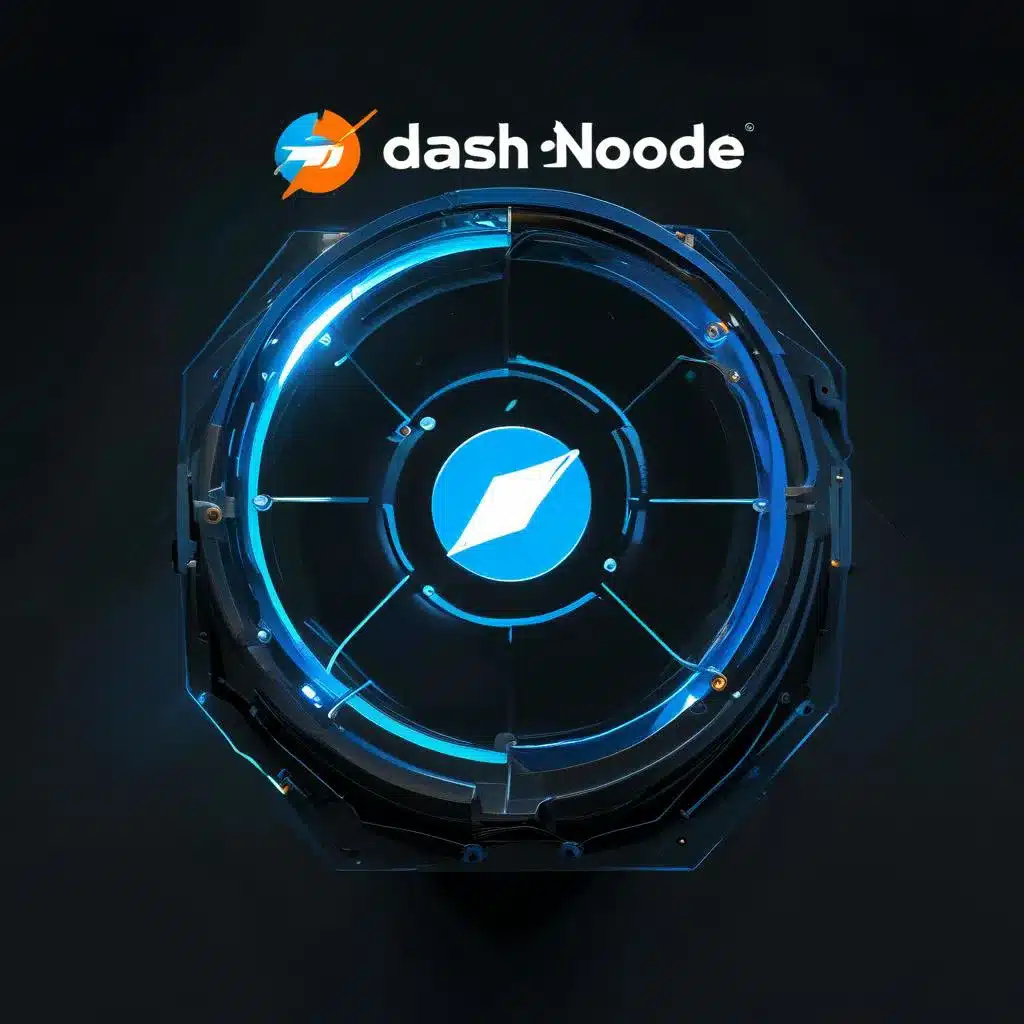Table of Contents
Dash masternodes revolutionize the crypto world with their unique capabilities. Acting as the backbone of the Dash network, these nodes ensure lightning-fast transactions and robust security. Curious about how they work? Let’s dive into the world of Dash masternodes and discover their key functions and benefits. Enhance your understanding of Dash Masternodes through just Go https://bitcoin-360-ai.com/, your gateway to seasoned trading education experts.
Introduction to Dash and Masternodes
Dash, a digital currency known for its speed and low fees, stands out in the crowded cryptocurrency market. It offers unique features that make it popular among users and investors alike. One of the standout components of Dash is its use of masternodes. Masternodes are special servers on the network that handle specific tasks, making the network more efficient and secure.
Masternodes play a critical role in the Dash network. They are responsible for handling transactions, enhancing the speed of the network, and ensuring that everything runs smoothly. Setting up a masternode requires a significant initial investment, but it comes with rewards. Those who run masternodes earn a portion of the block rewards, providing a steady income stream.
Dash has gained traction due to its innovative approach to solving common problems in the cryptocurrency space. By understanding what Dash masternodes are and how they function, one can appreciate the technological advancements and strategic decisions that set Dash apart. This introduction gives a glimpse into the sophisticated world of Dash and its robust infrastructure, paving the way for deeper exploration of its core objectives and operational mechanics.
Core Objectives and Functions within the Dash Ecosystem
The Dash ecosystem is designed to offer more than just a digital currency. Its primary objectives revolve around providing fast, secure, and low-cost transactions. Masternodes are at the heart of achieving these goals. They ensure transaction speed and network stability, making Dash a reliable choice for everyday use.
One of the key functions of Dash masternodes is facilitating InstantSend transactions. This feature allows for nearly instantaneous transactions, a significant improvement over the slower confirmation times of other cryptocurrencies. This is particularly useful for retail environments where quick payments are crucial.
Masternodes also contribute to the governance of the Dash network. They have voting rights on important decisions, such as protocol upgrades and budget allocations. This decentralized governance model ensures that the community has a say in the direction of the network, making it more democratic and resistant to centralization.
Furthermore, Dash masternodes enhance security. By requiring collateral to set up a masternode, the network discourages malicious actors from gaining control. This system adds an extra layer of protection, ensuring that the network remains resilient against attacks.
Infrastructure and Setup Requirements
Setting up a Dash masternode requires careful planning and a significant investment. The first step is to acquire the necessary collateral, which is currently 1,000 Dash. This requirement ensures that those running masternodes have a vested interest in maintaining the network’s integrity and security.
Once the collateral is secured, the next step is to set up the server. The server must meet specific hardware and software requirements to handle the tasks assigned to a masternode. These include a reliable internet connection, sufficient CPU power, and adequate memory and storage. The server must run 24/7 to maintain the network’s uptime and reliability.
The setup process also involves configuring the Dash wallet and the masternode software. This includes generating a unique key and setting up secure connections to ensure that the masternode can communicate effectively with the rest of the network. Proper configuration is crucial to avoid potential issues that could affect the masternode’s performance.
Running a masternode is not a passive endeavor. It requires ongoing maintenance and monitoring to ensure optimal performance. Regular updates to the software and hardware may be necessary to keep up with the network’s evolving requirements.
Network Communication and Data Processing
Dash masternodes play a crucial role in network communication and data processing. They act as special servers that help manage the network’s operations, ensuring that transactions are processed quickly and efficiently. This section delves into how masternodes handle these tasks, making Dash a preferred choice for many users.
Masternodes enhance network communication by maintaining a constant connection with other nodes. This allows for faster data transmission and improved overall network performance. By handling tasks like transaction validation and block propagation, masternodes free up resources for other nodes, making the network more efficient.
Data processing is another key function of masternodes. They are responsible for handling complex tasks that require significant computational power. This includes validating transactions and ensuring that they are added to the blockchain correctly. Masternodes also play a role in enabling advanced features like InstantSend and PrivateSend, which offer users faster and more private transactions.
Conclusion
Dash masternodes offer speed, security, and decentralized governance, making Dash a standout in the crypto space. From instant transactions to robust network integrity, these nodes are vital. Interested in reaping the benefits? Explore further, and consider diving into the dynamic world of Dash masternodes.


